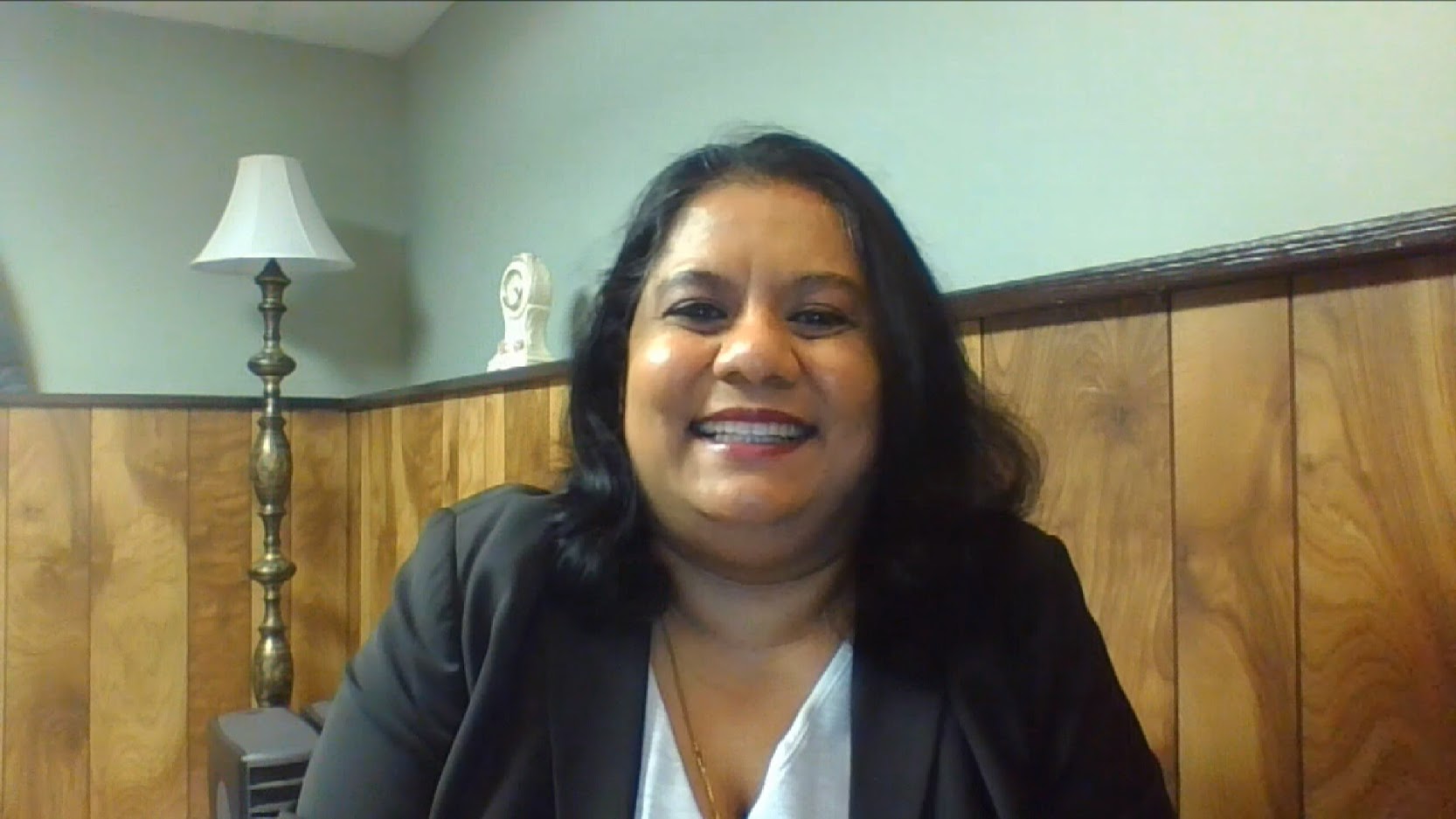 BIG DATA
BIG DATA
 BIG DATA
BIG DATA
 BIG DATA
BIG DATA
What does it take to meet the practical end goals of those big-data plans still unrealized in so many organizations? We asked the U.S. Food and Drug Administration — an organization whose huge responsibilities rest in large part on proper data handling — for some pointers. It has some cred in this area, having just won Informatica LLC’s Intelligent Disruptor of the Year Award.
Seven years ago, the FDA desired to get a handle on its vast data in order to achieve a full 360-degree view of the drug-development life cycle, according to Shanthi Vigneshwaran (pictured), supervisor and computer scientist, Office of Strategic Programs, at the Center for Drug Evaluation and Research within the FDA. It was certainly a large task, which the organization tackled by breaking the work into smaller projects.
“We were like, let’s take a step back and say, ‘Which is the domain … that will give us the most return on investment?’ Which will make people actually look at it and say, ‘Hey, this makes sense?” Vigneshwaran said.
Vigneshwaran spoke with John Furrier, host of theCUBE, SiliconANGLE Media’s livestreaming studio, for a CUBE Conversation. They discussed the data-management gains the FDA has made working with Informatica’s enterprise technology. (* Disclosure below.)
Part of the impetus behind the FDA’s move came from new responsibilities given to the CDER by Congress. These include increased surveillance to ensure the safety and quality of drugs that are made available.
Before transforming, CDER had the familiar problem of data silos with insufficient means to make sense of it all. It receives roughly 170,000 regulatory submissions, 88,000 firm registrations/product listings, and more than 2 million adverse events reports each year. It wanted to consolidate the data and develop an overarching management system.
Looking for “low-hanging fruit” first, CDER began to gain mastery of its data a step at a time. With help from Informatica, it automated a lot of data-quality work through bots and developed major efficiency gains. For example, “It used to take us three days to process submissions; now it takes us less than 24 hours to do it,” Vigneshwaran said.
Now, the organization is also able to use data to predict events, such as drug shortages and hurricanes, that might impact operations.
Vigneshwaran advises other organizations pursuing data transformation to go about it in manageable increments and commit to it for the long haul. “It’s not ‘within one year you’re going to accomplish it.’ We have to be very patient, and it’s a long road. If you make mistakes, you will have to go back and reassess,” she concluded.
Watch the complete video interview below, and be sure to check out more of SiliconANGLE’s and theCUBE’s CUBE Conversations. (* Disclosure: Informatica LLC sponsored this segment of theCUBE. Neither Informatica nor other sponsors have editorial control over content on theCUBE or SiliconANGLE.)
THANK YOU